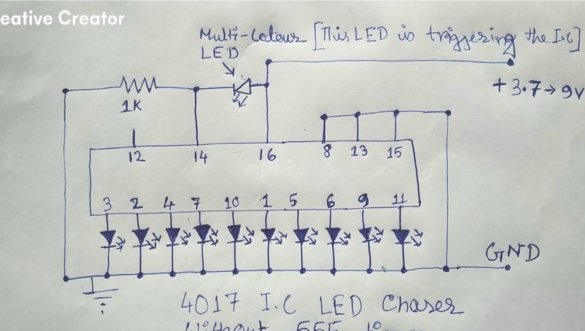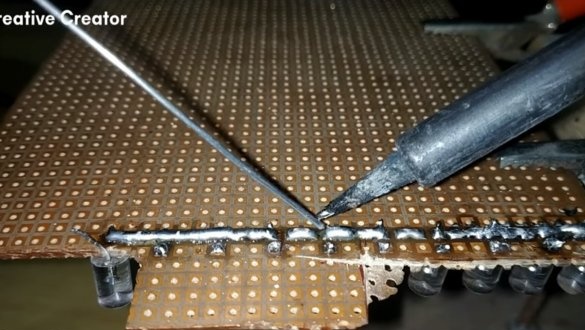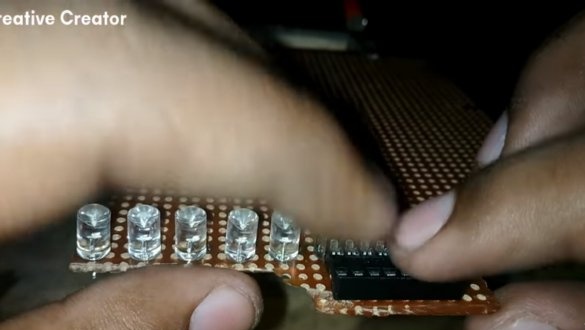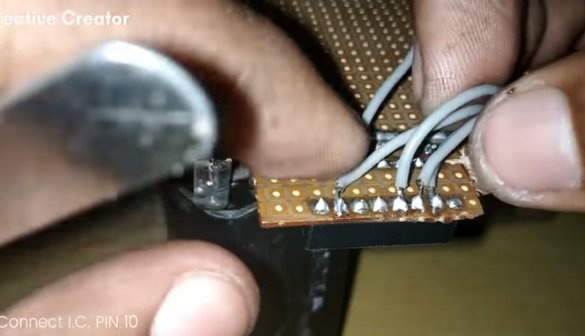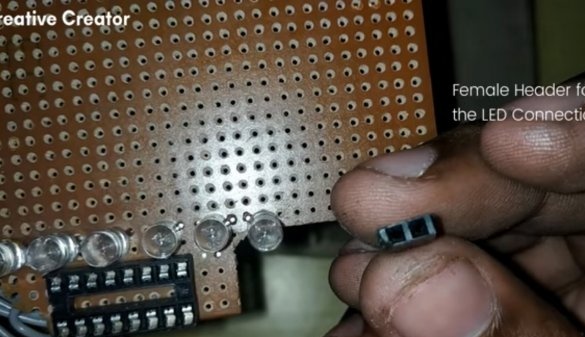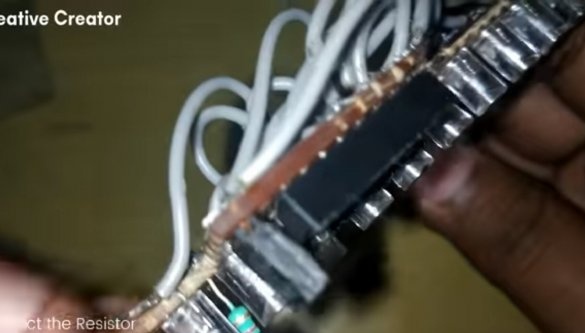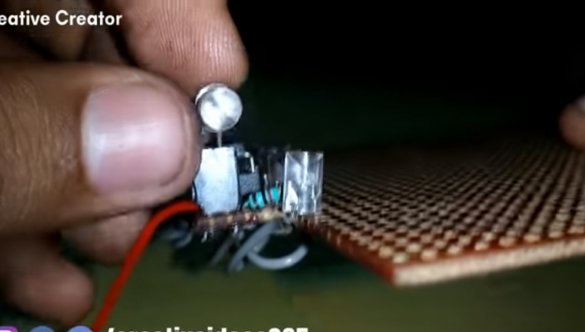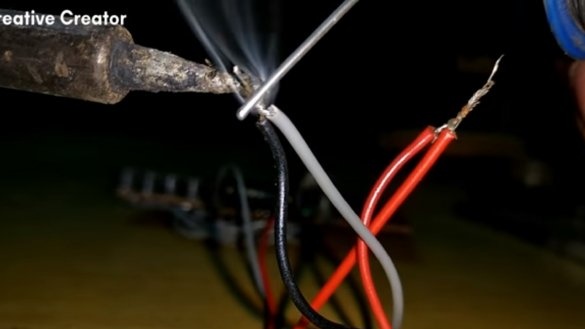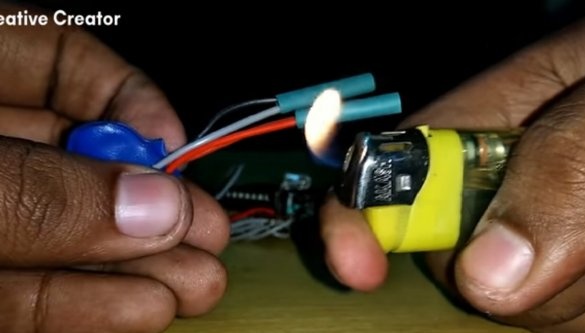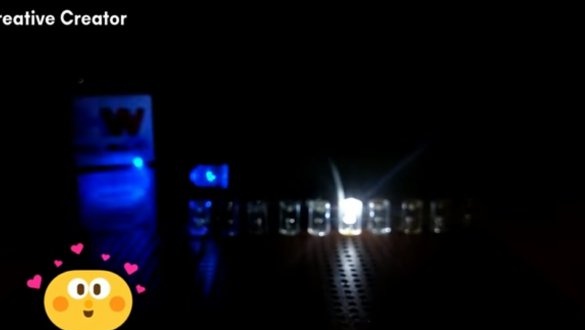Various toys with iridescent LEDs literally flooded Fix Price and similar stores. But it turns out that this beautiful, but useless thing can not only bother, but also work as a pulse generator. The author of RevealNew and YouTube, under the nickname Creative Creator, talks about how to achieve this.
If you have any of these toys at hand, try waving it in the air while it is on. You will find that the controller inside the iridescent LED uses pulse-width modulation (PWM) - the same one that you may often use in your homemade on the Arduino. Accordingly, such an LED consumes current from the power source not continuously, but by pulses. But in order to apply them to the input of the logic microcircuit, it is necessary to convert the current pulses into voltage pulses. The resistor will help you with this, which the electronics engineer will call a pull-up, and the electrician or physics teacher will see in it an analogy with the ammeter shunt. As an example of a device to which generated pulses can be fed, the master took a traveling fire circuit on a 4017 chip (K561LA7):
These two crocodile clamps are not electrically connected to anything, they are designed to mechanically fix the breadboard to the stand during assembly:
The master installs ordinary LEDs on the board, all with anodes to the end:
It is soldered:
Combines cathodes:
Sets the socket for the chip:
Performs connections according to the circuit wires:
It puts a connector, originally intended for connecting LEDs and buttons to the motherboard, here it is needed to connect various iridescent LEDs:
Installs the same resistor:
Places an iridescent LED in the connector:
Takes a battery pad:
Solder:
Isolates:
Connects the battery:
And it works:
Due to the use of an iridescent LED of the old type, periodically switching between smooth and sharp modes, the switching frequency of conventional LEDs changes.When the iridescent LED works in a sharp mode, pulses are rarely followed, and the counter counts slowly. When the mode changes to smooth, the PWM comes into effect, and the pulse frequency becomes large. Newer poured LEDs work only in the second of these modes.


